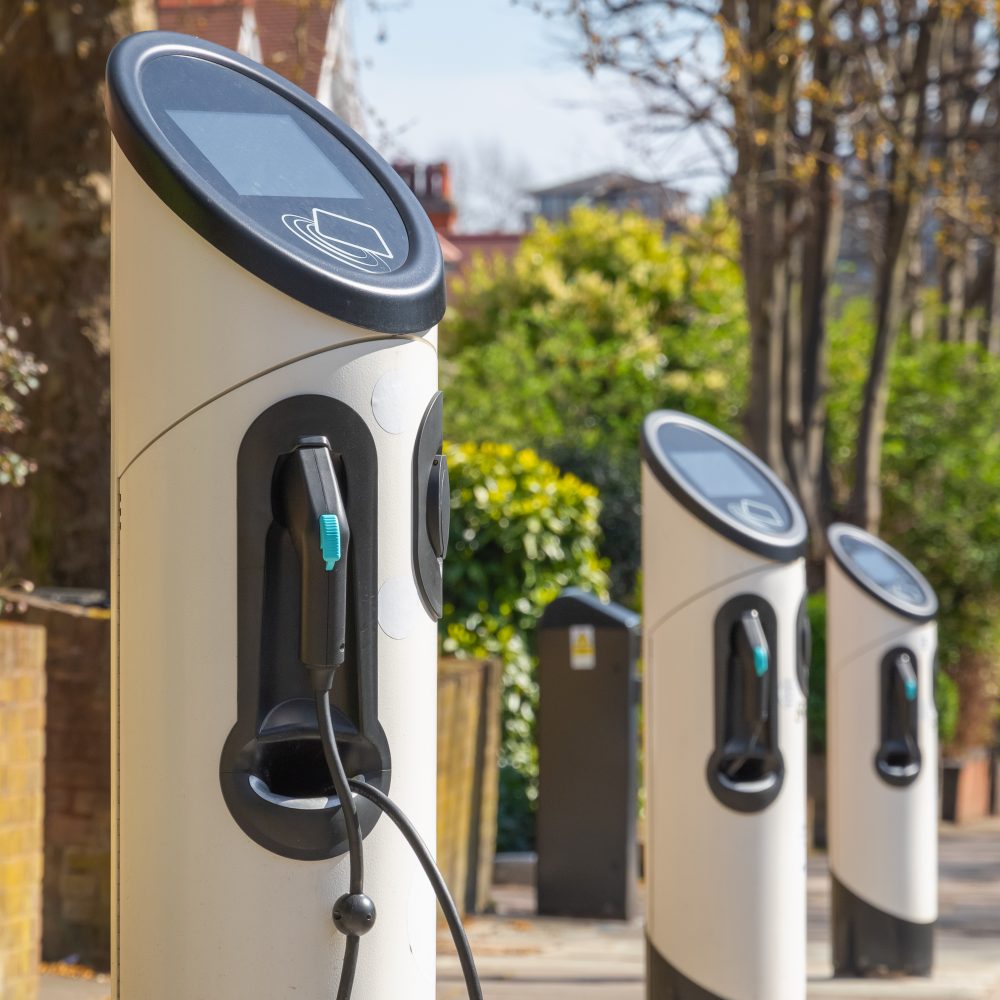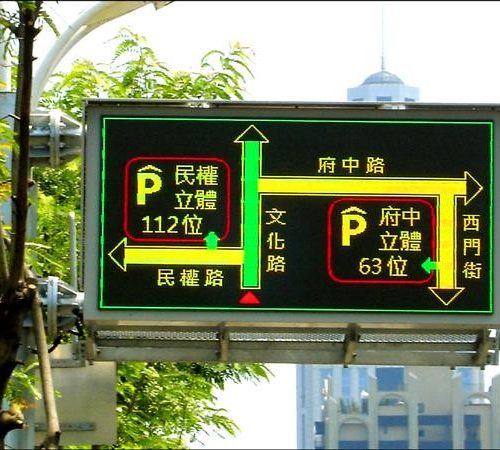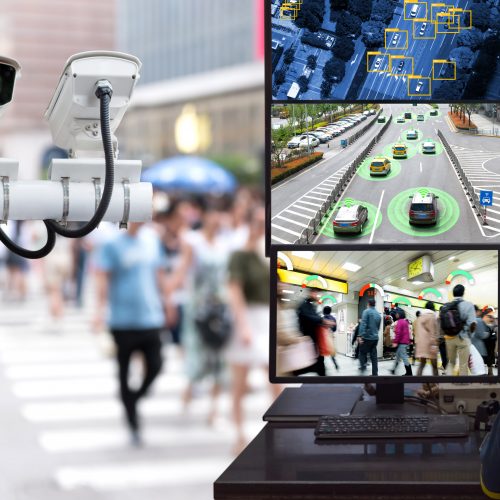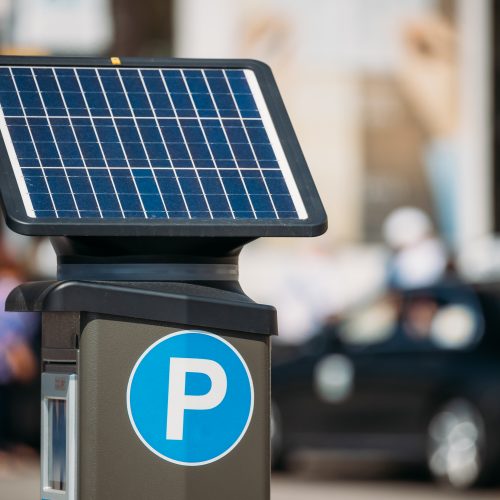Acknowledgements
We would like to express special appreciation to Mr. Ming-hong Hsieh (Commissioner of Taipei City Department of Transportation), Mr. John Wang (CEO of Noodoe), and Mr. I-Sheng Hsu (CEO of Fortune Electric and Evalue), for their contribution to the preparation of this case study.
Context and policy overview
With a metropolitan population of over 7 million, the city of Taipei is an excellent opportunity to look at all the intricacies of EV charging infrastructure at scale. Taipei’s commitment to environmental stewardship and rapid adoption of electric vehicles mirrors the European Union’s green agenda. The city’s network of charging stations (ranging from fast-charging facilities to conveniently located roadside options) is integrated seamlessly into the urban landscape. Taipei’s EV infrastructure effectively mitigates range anxiety, thereby promoting EV adoption and reducing greenhouse gas emissions.
The collaborative partnership between public and private stakeholders in Taipei can serve as a model for transition cities that are seeking to establish their own charging networks, offering invaluable insights into the establishment of robust and inclusive EV charging infrastructure in pursuit of sustainability objectives.
Implementation
Key actors
As part of the transition to electric mobility, national, regional and city actors need to be involved in the planning and delivery of a new network of charging stations and energy infrastructure. Public entities will need to foster partnerships with the private sector and leverage technological advances in order to drive change and facilitate a greener urban transport landscape. Various groups of actors have played a key role in the successful implementation of EV charging infrastructure in Taipei:
- Authorities – They play a central role by using policies, regulations and incentives to promote EV adoption and the establishment of charging infrastructure. The authorities must set standards for charging equipment, provide funding and conduct studies for infrastructure development, establish guidelines for charging stations and incentivise EV purchases using tax rebates. The authorities must also work with all other players to create a positive environment for the expansion of EV charging infrastructure.
- Private sector – Private companies are key players in the building, operation and maintenance of charging infrastructure. They invest in the installation of EV charging stations, manage day‑to‑day operations and innovate using appropriate technology, offering various charging speeds and payment methods. The private sector must also work with the authorities as regards permits, funding and adherence to regulations.
- System integrators – System integrators develop and implement smart charging solutions in order to optimise charging processes, manage grid loads and enhance the user experience. They play an essential role in the design of software platforms for remote monitoring, billing and user authentication. They also enable dynamic load management and prevent grids from becoming overloaded during peak hours. System integrators must work with charging station operators and utility companies to ensure efficient energy usage and grid stability.
- Utility companies – Utility companies manage the energy supply that is required for EV charging and ensure grid stability, while also upgrading their infrastructure to accommodate the resulting increase in electricity demand. They work with system integrators to implement load management solutions and work with the authorities and the private sector to align energy supply with demand for charging, maintaining the reliability of the grid.
- Research institutions – Research institutions contribute to the advancement of EV charging technology, standards and best practices. They conduct studies on optimal charging station locations, the impact on the grid and future EV adoption trends. They also provide valuable data to inform policy decisions and infrastructure planning. They work with state agencies and private companies to conduct research that guides the development and expansion of charging infrastructure.
- Users and consumers – EV owners and users are the end-users of the charging infrastructure, using charging stations for their EVs’ energy needs. Users’ behaviour influences the improvement of charging experiences and drives demand for more accessible and efficient charging options. By adopting EVs and using charging infrastructure, consumers contribute to the success of the EV ecosystem and signal the need for further expansion.
Solar power and energy storage solutions
EV charging infrastructure is most effective in reducing greenhouse gas emissions when it uses renewable energy. Solar panels harness the sun’s energy and can provide clean power for charging EVs. While an EV charging station with an integrated solar panel entails a higher upfront investment cost, the benefits are clear, as it will reduce costs and dependence on the grid in the longer term, as well as reducing the associated carbon footprint.
Energy storage solutions are also critical, as these can store excess solar energy for a rainy day or night-time charging. Advanced energy storage systems guarantee a seamless power supply, optimising the EV experience and reducing strain on the grid.
“Peak shaving” and smart charging management
“Peak shaving” is a key strategy used in EV charging infrastructure to alleviate stress on the grid during periods of peak electricity demand. By optimising charging schedules and reducing energy consumption during peak hours, grid overload can be avoided, preventing power outages and enhancing the overall stability of the grid. This can be done by either shifting demand to off-peak hours or using demand-response . As well as helping to reduce strain on the grid, peak shaving can also save consumers money on their electricity bills.
Smart charging management (SCM) systems are a useful tool for peak shaving: they allow users to monitor, schedule and optimise the charging of their EVs. SCM systems provide remote monitoring, enabling users to check the charging
Barriers and critical success factors
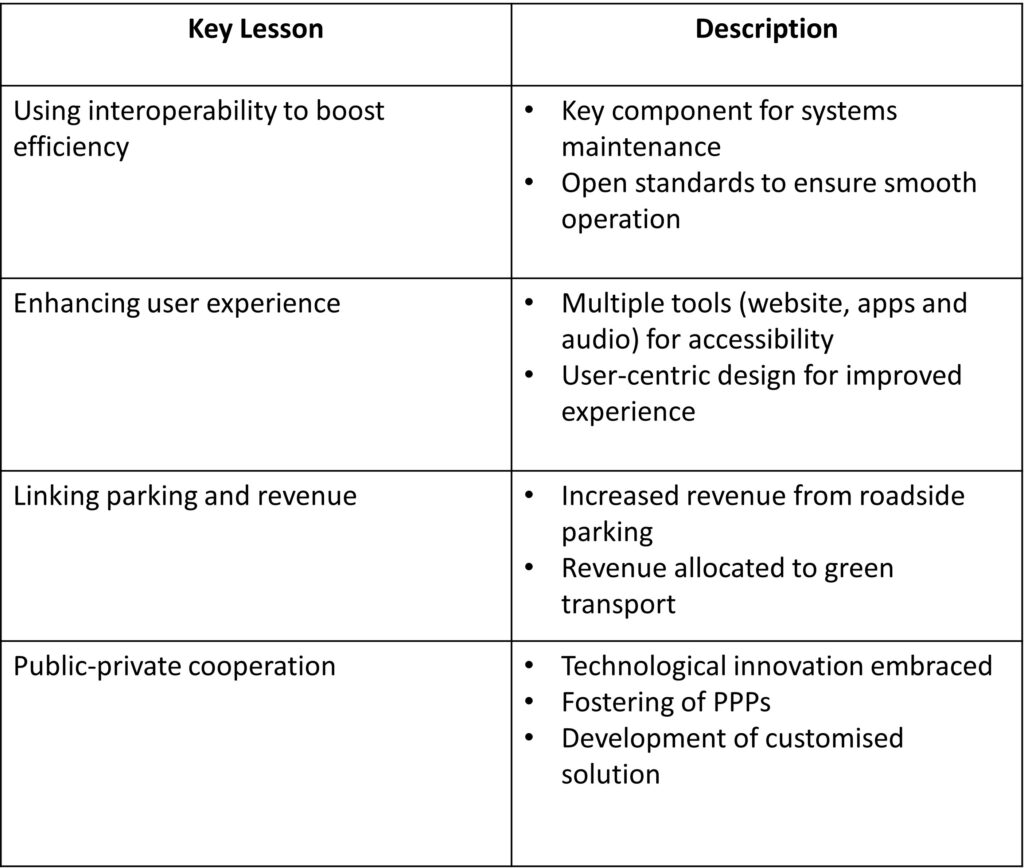
Results and lessons learned
Taipei has used international best practices to inform its EV charging policies, and it is on course to become a green city of the future. Cities that are interested in developing such EV charging infrastructure can learn from the experiences of Taipei and others, leveraging the following key components of successful EV charging infrastructure:
- Dense charging network. A well-distributed network of charging stations will alleviate range anxiety and enhance convenience. Taipei is aiming to have at least one station per 1 km2 in urban areas and one station per 5 km2 in suburban areas.
- Fast-charging infrastructure. Rapid charging solutions minimise charging times and encourage EV adoption. Taipei wants fast-charging stations (defined as stations that can provide an 80 per cent charge in 30 minutes or less) to account for 30 per cent of all stations across the city.
- Smart grid integration. Intelligent charging helps to manage grid loads and ensures efficient distribution of electricity. Taipei will invest in smart charging technologies that adjust charging rates dynamically on the basis of grid demand and the availability of renewable energy.
- Incentive programmes. Incentives can encourage businesses and individuals to install private charging stations. Taipei will offer tax benefits, reduced utility rates and financial support to establishments that install publicly accessible charging facilities.
- Collaboration with the private sector. Partnering with private companies can help to enhance the coverage of charging infrastructure. Taipei will establish PPPs with companies to support investment and help with the management and expansion of the charging network.
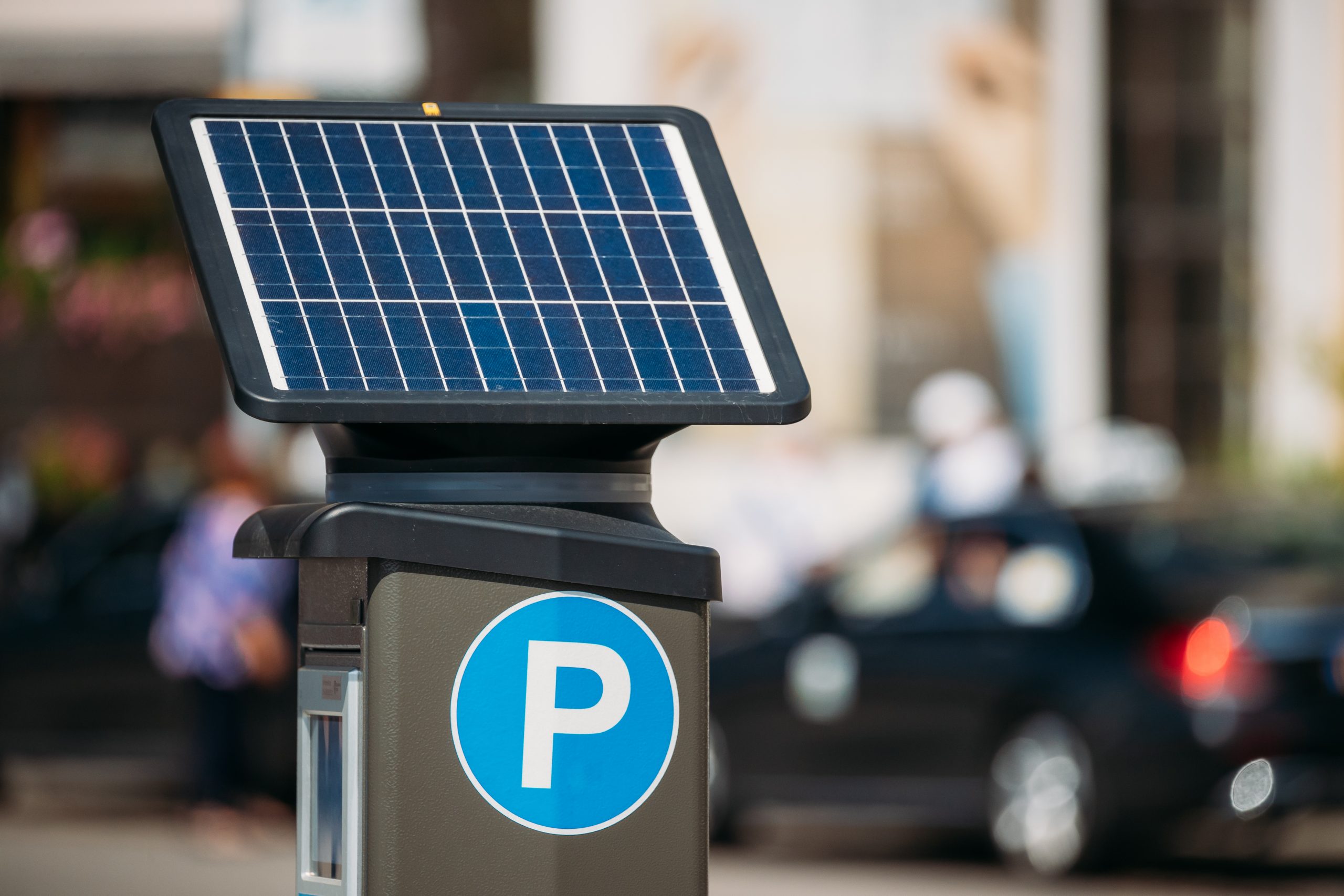
Similar initiatives
- Estonia: a model of EV charging excellence. Estonia boasts comprehensive EV charging infrastructure, with an extensive network of fast-charging stations, standardised payment systems and incentives such as tax breaks for EV adoption. City officials in other EU jurisdictions can learn from Estonia’s success in emphasising the accessibility of fast-charging facilities, standardising payment methods and incentivising EV adoption. The key components of Estonia’s success have been the fast-charging network, the standardisation of payments and incentives such as tax breaks and reduced registration fees.
- Uzbekistan: innovations in urban EV charging. Uzbekistan’s EV market has boomed in the past two years, with numbers of imported EVs increasing more than fourfold relative to the previous four years. The government has incentivised demand by exempting EVs from custom duties, excise taxes and motor vehicle charges. Uzbekistan has also adopted an innovative approach to EV charging, focusing on digital solutions, integration with public transport and urban planning.
- Poland: scaling up EV charging networks. Poland has embarked on an ambitious project to scale up its EV charging infrastructure. City officials in other EU jurisdictions can learn from Poland’s commitment to scaling up EV charging through partnerships with the private sector, the development of EV corridors and grid expansion.
- Greece: using incentives to promote EV adoption. Greece effectively promotes EV adoption through subsidies, tax benefits and green initiatives. Its strategy focuses on generous incentives to lower the upfront costs associated with EVs, in line with its environmental goals, adopting a sustainable approach to the future of transport and offering a model for other EU countries to copy.








